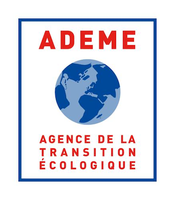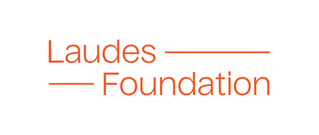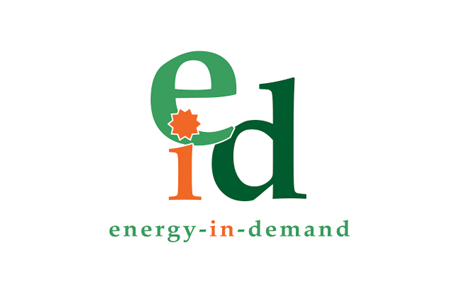Search eceee proceedings
Energy poverty or vulnerable consumers? An energy-economic method to compare the policy approaches to addressing vulnerabilities in the energy system in Germany
Panel: 3. Policy, finance and governance
This is a peer-reviewed paper.
Authors:
Audrey Dobbins, University of Stuttgart - Institute of Energy Economics and Rational Energy Use (IER), Germany
Ulrich Fahl, University of Stuttgart - Institute of Energy Economics and Rational Energy Use (IER), Germany
Abstract
Energy poverty results from a combination of overlapping factors including low income, high energy prices, inefficient buildings and appliances, but in Germany the concept is not specifically recognised as separate from overall poverty and not targeted with policies and measures directly. Post-pandemic, energy prices are soaring and households are suppressing demand while stronger action towards decarbonisation demands more urgent action. As consumers of a third of the total final energy consumption in Germany, this puts households both at the heart of the energy transition and key to unlocking the potential to achieve energy and climate change targets while increasing resilience to energy price fluctuations. Yet, the majority of households are not in the financial or decision-making position to undertake the required investments in renewable and energy efficiency technologies. At the same time, households experiencing energy poverty are additionally disadvantaged in terms of meeting their energy demands (suppressed demand) and participating in the energy transition through difficulties accessing and affording resources and technologies. The current policy approach to address vulnerabilities in the energy sector revolves around providing “vulnerable consumers”, defined as social welfare beneficiaries, with subsidisation of electricity and gas consumption. A policy approach to address energy poverty would target the underlying causes through financial support for investments into energy efficiency and renewables. Using an energy system model, this research provides a socio-techno-economic empirical basis for recognising the significance of energy poverty outside of the current vulnerable consumers lens and within the energy transition process. Measures targeting the causes of energy poverty result in 25 % more renewables whereas bill support measures defined under the vulnerable consumers approach result in the persistent reliance on fossil fuel-based energy carriers for half of their consumption. Subsidies targeting investment support a shift in the energy infrastructure while subsidising consumption maintains the status quo.
Downloads
Download this presentation as pdf: 3-126-22_Dobbins_pres.pdf
Download this paper as pdf: 3-126-22_Dobbins.pdf
Panels of
1. Dynamics of consumption: less is more?
2. Efficiency and beyond: innovative energy demand policies
3. Policy, finance and governance
4. Monitoring and evaluation for a wise, just and inclusive transition
5. Towards sustainable and resilient communities
6. Energy-efficient and low-carbon mobility for all
7. Policies and programmes for better buildings
8. Innovations in products, systems and building technologies



























